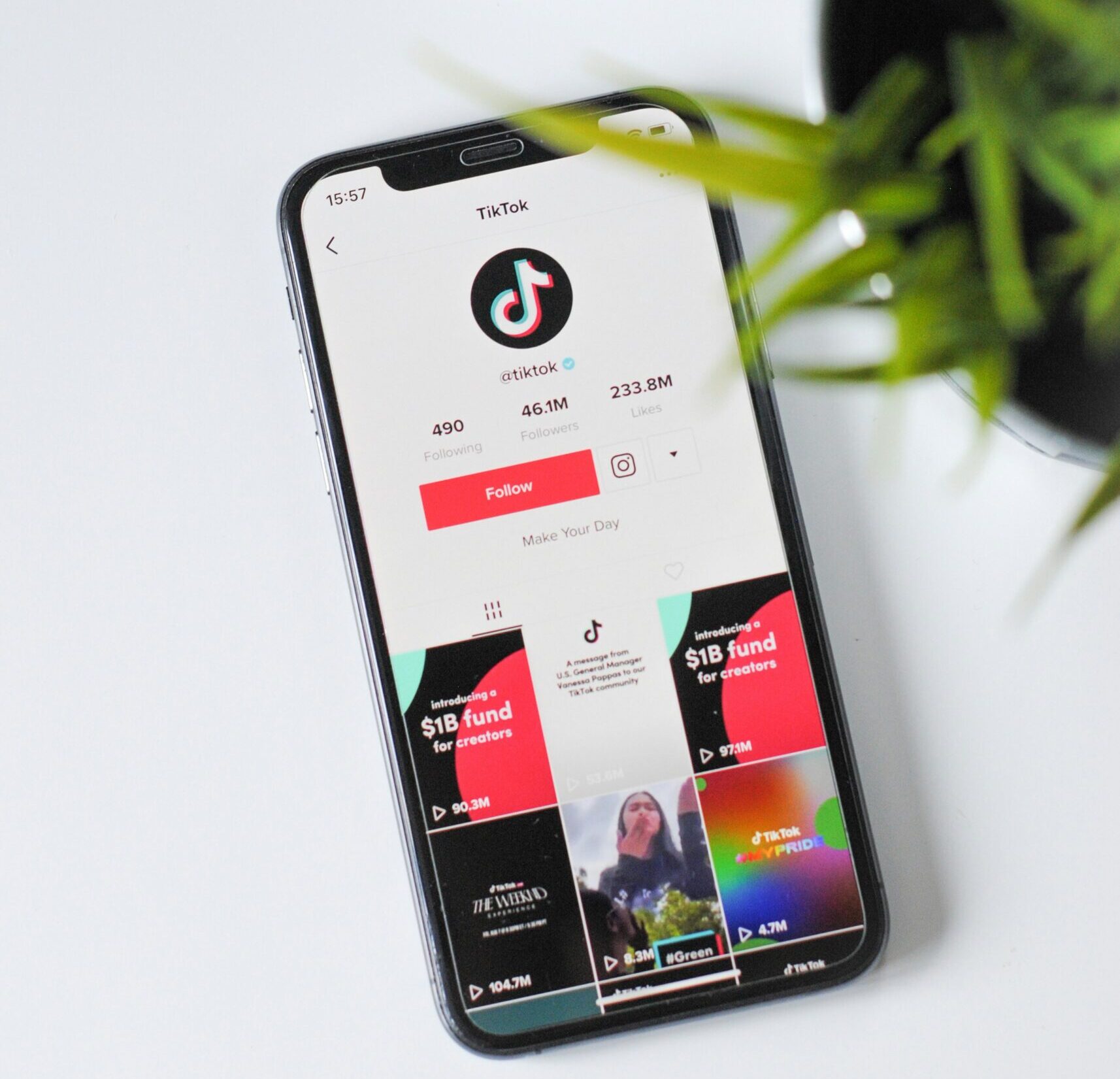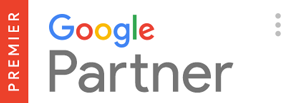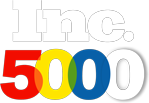From creating interesting visuals and using social media platforms for advertising to understanding how crucial data collection and analysis is for all things paid media, paid social is a vertical that continues to see changes.
In our latest roundtable discussion, members of the Logical Media Group Paid Media team sit down and chat about some of the latest and trending topics in the landscape.
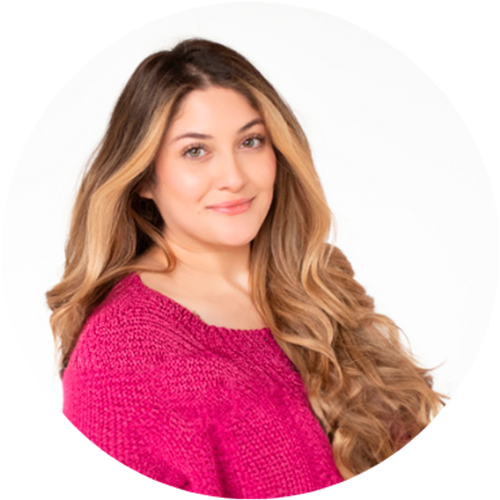
Briana, Account Manager
Importance of Visuals in Paid Social
Implementing creative visuals into your paid social advertising has become one of the most valuable parts of an advertising campaign, especially with the emergence of video.
Whether you are curating content for your business, hiring out an agency, or jumping on the influencer train, video is a great way to introduce your brand, products, and even show your audience why they should choose you.
Due to attention spans becoming shorter and shorter, advertisers only have 1-3 seconds to grab the attention of their audience before they are onto the next swipe or scroll. If you decide to stick with a static image for your ads, think about what will compel someone to stop scrolling, read your offer, and decide to take action.
From there it’s YOUR job to give them an easy way to gather all the information they need to make a decision. How many times have you seen an ad that left you with more questions than answers and to make matters worse, the landing page they sent you was either outdated or irrelevant?
The Need for Creative Visuals from Users
Keeping your creative in line with your brand’s voice is important when choosing content; and if you’re thinking about collaborating with influencers, which influencer makes sense for your brand is vital.
User Generated Content (UGC) has been trickling in over the past few years but it is now seeing another surge as companies are looking towards utilizing UGC as a way to show social proof. UGC pieces can either be with a nano-influencer, micro-influencer, or an influencer that has millions of followers.
Surprisingly, the success of your collaboration on a campaign with an influencer has less to do with the follower count of an influencer and more on their ability to deliver quality content to the right audience. Paid advertising paired with great UGC can produce more sales than doing a paid ads campaign or an influencer campaign. With audience targeting in place, retargeting strategies and having a video/visual that speaks to people is a winning combination.
The Need for Identifying Correct Platforms to Use
One concept that is important when you are deciding on a paid advertising strategy is what content and which social media platforms to test on. When determining what platforms to use your new visual content on, take into consideration where your ideal clients or shoppers are spending their time.
Next, expand on how you can add value to your audience, what message you want to focus on and pair that with a strong call to action (CTA). An important tip is to make sure you are tailoring your content to match the platform.
For instance, over half of YouTube users use the site to learn how to do things they’ve never done before and for research. How can you curate content that appeals to your audience when they are in their research phase? Are they influencers in a specific niche that can help bring awareness to your brand?
Going a step further, how are your paid ads showing up on that specific platform? On a similar note, with the rapid growth of TikTok since 2020, it has grown to over 400 million users and boasts an average of time usage of 52 minutes per day.
Millennials and Gen Z have taken a preference for social proof over traditional advertising, and Tiktok has taken this and run with it. Tiktok is where brands are finding a way to expand their reach, boost engagement, build brand retention and loyalty, and find ways to meet their audience at various points in their buyer journey.
Capitalizing on a great organic post is also a fantastic way to keep the engagement rolling in. Plus, if it has done well on one social platform, think of ways to curate that content for other platforms by reformatting the images and video for each platform.
If you choose to do this please don’t ignore this step. People can tell when a piece of content is recycled from another format, and it is our job to make the audience feel as if this image or video was created with them (and whatever platform they are using) in mind.
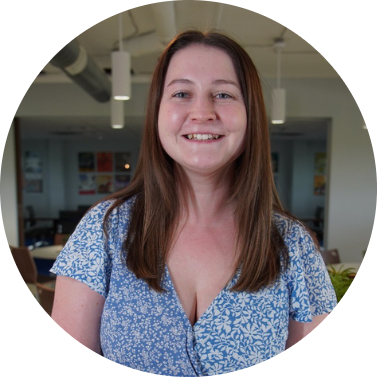
Sydney, Paid Media Strategist
Utilization of Social Platforms Not Normally Used
A typical paid social strategy is bound to include Facebook and Instagram, but don’t count out other platforms your audience is spending time on. YouTube, LinkedIn, TikTok, and Pinterest are great options to include in a full-funnel approach.
Why You Should Use YouTube
YouTube campaigns offer brand awareness, reach, and conversion optimization to achieve campaign goals. Audience targeting on YouTube goes further than demographic and even interest-based targeting. Advertisers can reach users based on the content they’re watching on YouTube — health, fitness, DIY, etc.
This can also complement in-market targeting to ensure you’re reaching the right audience. Plus, YouTube campaigns are housed in Google Ads which means you can utilize data collected from all other Google campaigns to benefit video campaigns.
Why You Should Use TikTok
TikTok is one of the largest growing social media sites, with nearly 2 billion users on the site in 2023. With that in mind, and although it’s becoming a larger social media platform to find social media advertising on, TikTok is still a burgeoning social media platform for social media advertisers.
Whether it’s for increasing sales to your ecommerce shop, generating leads and attracting new customers, or increased brand awareness and brand reach, TikTok for Business is one way — especially for organizations that rely heavily on social media and video — to achieve both business and marketing goals.
Why You Should Use Pinterest
Having been founded in 2009, Pinterest, the image sharing and social media platform, has seen plenty of strategic shifts in its history. For many brands, especially those that are focused on serving users and consumers with a strong visual brand presence, Pinterest is an ideal advertising platform.
Regardless of if it’s used for small businesses or large corporations, the specific brand voice and story that is wanting to be told can reach current and potential customers in a fun way through Pinterest Business. And because PInterest’s model showcases ads in a cohesive way to the visual user experience, products found within ads are more seamlessly integrated into the platform.
Why You Should Use LinkedIn
LinkedIn also opens even more doors to reach specific, qualified audiences with job targeting that’s not available on other platforms. Although many times Facebook, Instagram, and LinkedIn users overlap, there is a different mindset when users are scrolling on LinkedIn.
This can make sense for promoting software, e-books, events, and more. Not only can you target users who work in finance, you can target users who work in the finance industry, are manager-level, and studied management. Predictive audiences, which use lists, lead forms, or conversion data, also supplement targeting to reach even more users who may be interested in your company.

Sara, Paid Media Strategist
Reliance on LinkedIn for Paid Social Content
As it becomes more of a robust platform, LinkedIn is no longer just for professionals and B2B advertising. It is becoming an important component of a full funnel paid social strategy.
If you opened your LinkedIn feed, you’d see popular culture articles alongside business insights, culture conversations, and professional development opportunities. With over 900 million users, LinkedIn has set the foundation as being an integral way to integrate brands into the daily life of users — and part of their time on social media.
With 76% of B2B companies worldwide engaging in LinkedIn, it is key to stand out, especially on a channel that consistently generates high-quality leads. Furthermore, that same data set provides us with information that states LinkedIn is responsible for over 50% of traffic to B2B blogs and websites.
In a pool this wide with so much potential traffic, LinkedIn is now a place that needs high-quality paid social content that aligns with a company’s overall paid social media strategy.
LinkedIn posts with images that are set up more like traditional paid social posts experience twice as much engagement compared to traditional text-only posts. By doing this, brands (especially B2B companies) stay relevant, professional, and present in feeds.
If you’re looking for proof, look no further than the National Parks Service on LinkedIn. They started posting 4 to 5 times per week, with a mix of serious, professional content covering their initiatives, and popular culture jokes incorporating the parks. Consistently, their posts that are more relaxed and aligned with their overall social media strategy perform better with engagement.
The proof is in plain sight!
To truly make the most of a platform as constantly changing and vital as LinkedIn, a B2B company must see it as part of their overall strategy for paid social and use paid social content to increase engagement.

Kelsey, Paid Media Team Manager
Importance of Data Reporting and Analysis in Paid Social
Data, tracking, and reporting are foundational to our strategy and tactics in the paid social media landscape.
Accurate data is crucial; without it, we cannot correctly attribute success to our strategis efforts or make informed decisions.
Additionally, accuracy in data — including data collection, analysis, and the end-result reporting — is essential for training any algorithms underlying our paid campaigns to optimize for our specific goals.
Those goals, such as increasing purchases or generating qualified leads, can then be better optimized with that precise data tracking and collection.
Without precise data tracking, algorithms cannot effectively understand or align with our objectives, making it much harder to achieve your company’s KPIs.
What Does All Of This Mean?
Paid social media has seen shifts in the past few years on most channels and platforms that highlight the transition to more user-centric and personalized social advertising. Thanks to our Paid Media team having their fingertips on the pulse of news and day-to-day experience within platforms, our team looks forward to seeing how paid social media will continue to enhance brands and users alike.
Looking for a partner that understands the nuances of paid social media? We’d love to have a chat with you about how we can transform your paid social media advertising strategies and receive incredible results.
